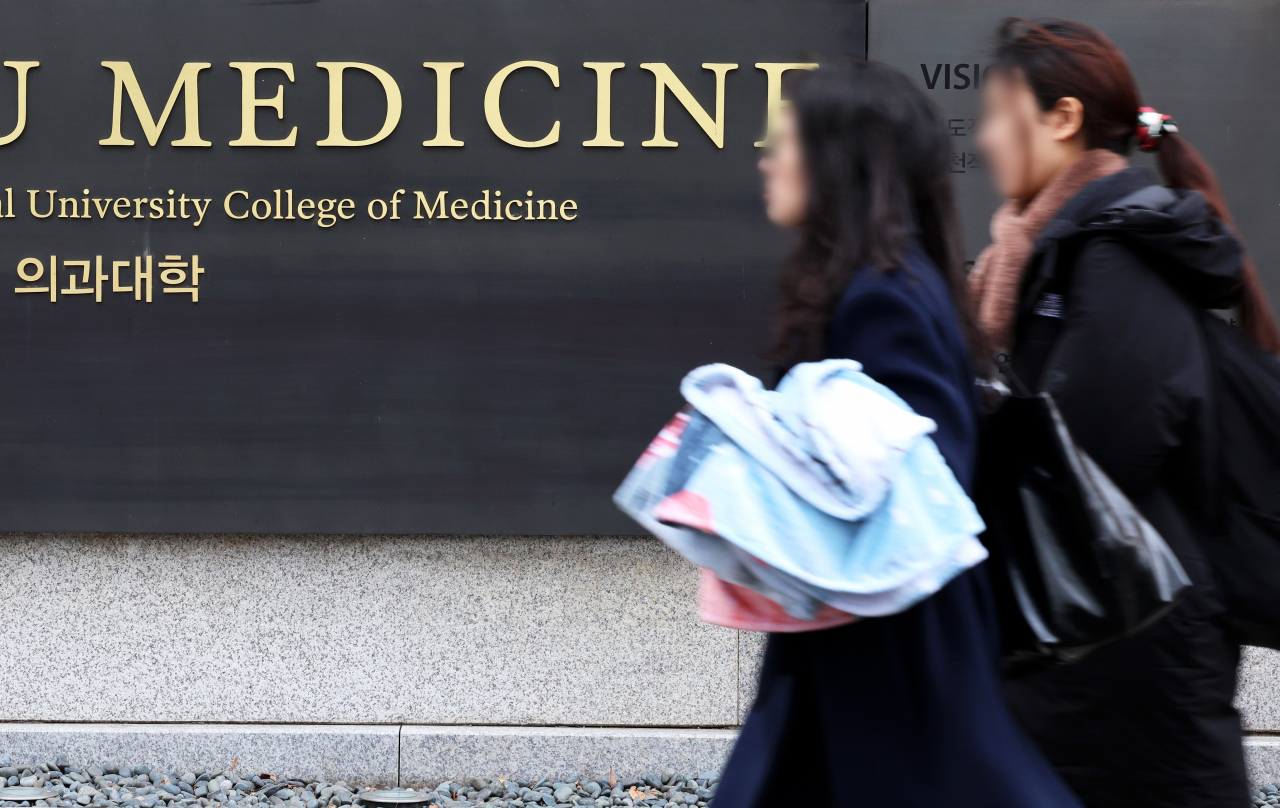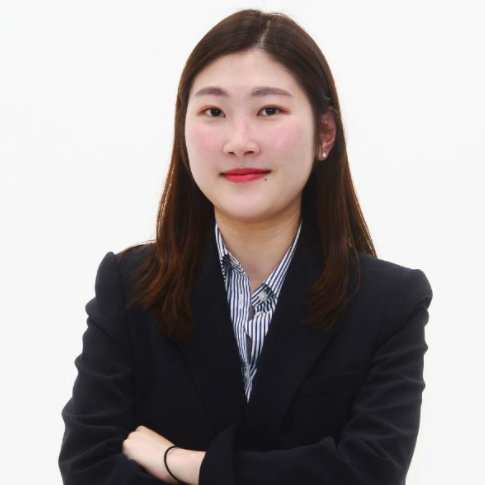S. Korea to increase med students by 2,000 despite doctors’ threat to strike
Government says hike in 27 years is to salvage shortage in key fields while doctors argue service quality will fall
By Park Jun-heePublished : Feb. 6, 2024 - 14:50

The South Korean government on Tuesday announced it will increase the medical school enrollment quota by 2,000 to address the shortage of doctors in non-metropolitan areas and broaden the reach of healthcare services despite the medical circle’s strong opposition and threat to hold a nationwide strike.
According to the plan, approved by the medical policy review body held on Tuesday afternoon, the number of medical students will be increased to 5,058.
The hike is the first in 27 years since a medical school was launched at Jeju University. The limit has been capped at 3,058 per year since 2006 from 3,507 to assuage doctors protesting the policy of separating the prescribing and dispensing of drugs at that time.
The latest measure will affect current third-grade high school students applying for college admissions for the 2025 school year.
President Yoon Suk Yeol referred to the expansion as a “task of time that can’t be delayed any longer” during Tuesday’s Cabinet meeting, saying that many people are inconvenienced by worsening doctor shortages.
“(The country) will need an additional 15,000 doctors by 2035 to meet the growing demand from the rapidly aging population and other factors,” Yoon said.
Saying that the plan is “the last golden opportunity” to protect the nation’s healthcare system, Health Minister Cho Kyu-hong told the press later in the afternoon that the ministry would work with the Education Ministry to decide how to allocate additional spaces at medical schools. The increase will mostly happen in colleges outside the greater Seoul area, he added.
Asked when he thinks the med school obsession will likely prevail in college admissions, Cho said the concentration will continue only for now, noting that he would join forces with the ministry to prevent brain drains in science and engineering departments.
The rationale of the government comes from a daunting demographic prospect in which the country is set to become a super-aged society with senior citizens making up 20 percent of the population by 2025 and 30 percent by 2035. These demographic changes will require more complex medical care for elders.
Currently, South Korea grapples with a lack of physicians trained to perform and provide specialty care such as higher-risk surgeries, pediatrics and emergency care since many clinicians opt for more lucrative sectors. The staffing problem is likely to worsen, with the ministry estimating that the country will fall short of 15,000 doctors in 2035 to meet the demand of demographic changes.
The ministry anticipates that the lift in enrollment will partially relieve the staffing crisis, explaining that 2,000 more medical school students would graduate in 2031 after completing their 6-year courses.
The number of doctors for every 1,000 people stands at 2.2, which is far below the average of 3.7 posted by the member countries of the Organization for Economic Cooperation and Development, according to the organization’s data on health statistics in 2023.
Areas outside the capital city have become healthcare deserts where citizens suffer more from doctor shortages, with the figures for Gyeonggi Province and North Gyeongsang Province reaching 1.76 and 1.39, respectively.
However, the ministry believes the increase could relieve the rural shortage.
Meanwhile, the Korean Medical Association -- the country’s largest coalition of doctors’ groups with some 130,000 members -- warned of a nationwide strike in protest of the decision, noting that the increase quote increase was “unilaterally made” without the group’s consultation.
“The government continues to announce its policies (on the quota increase) independently without having sufficient discussion or consultation (with doctors), despite repeated proposals from the medical community,” said Lee Pil-soo, head of the KMA, during a press conference held at the medical association hall.
Lee added that the group would form an emergency committee and go on a full-scale strike after the Lunar New Year holiday.
Doctors have claimed that the rise would undermine the quality of medical education and services, and that the county already has enough doctors. They have also been calling for the government to seek other ways to allocate doctors better instead, as well as boost compensation.
They argue that the hike is needless due to population downsizing and the country’s easy access to medical care. Outpatient care per person was 14.7 times a year here, higher than the OECD average of 5.9, according to the 2020 OECD statistics.
To prevent disruption, the health ministry is considering countermeasures to deal with the collective action.
Under the Medical Service Act, the government can issue an order for doctors to work if they go on strike. Doctors must immediately return to their hospital upon receiving the order. They may get a prison term of up to three years or have their medical licenses revoked if they do not comply.



















![[Today’s K-pop] Treasure to publish magazine for debut anniversary](http://res.heraldm.com/phpwas/restmb_idxmake.php?idx=642&simg=/content/image/2024/07/26/20240726050551_0.jpg&u=)